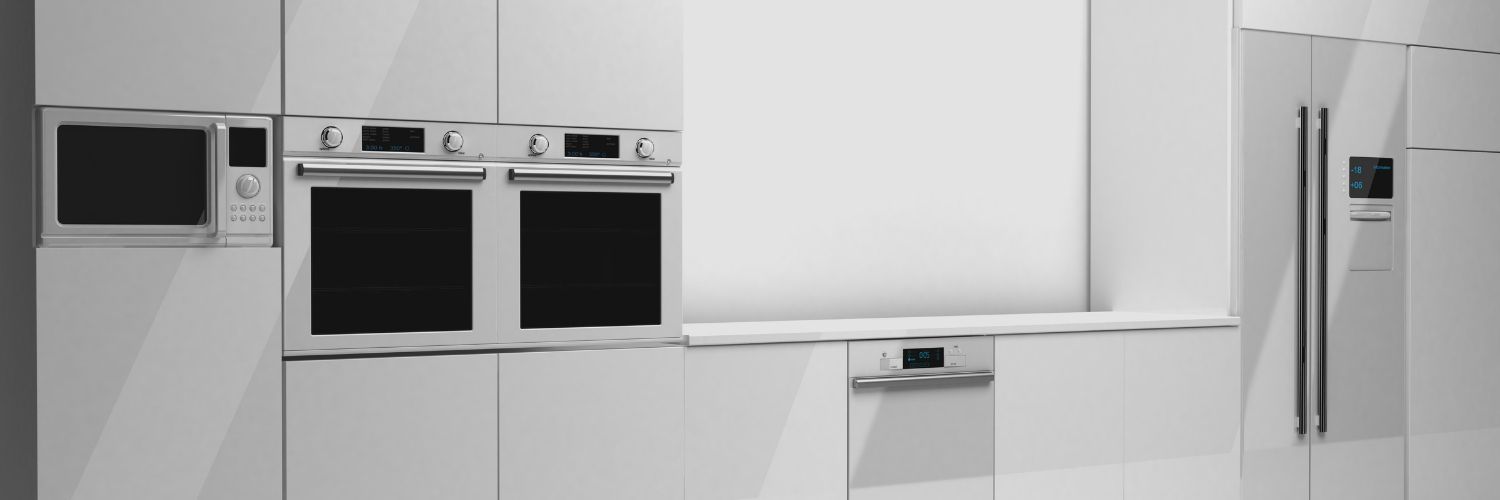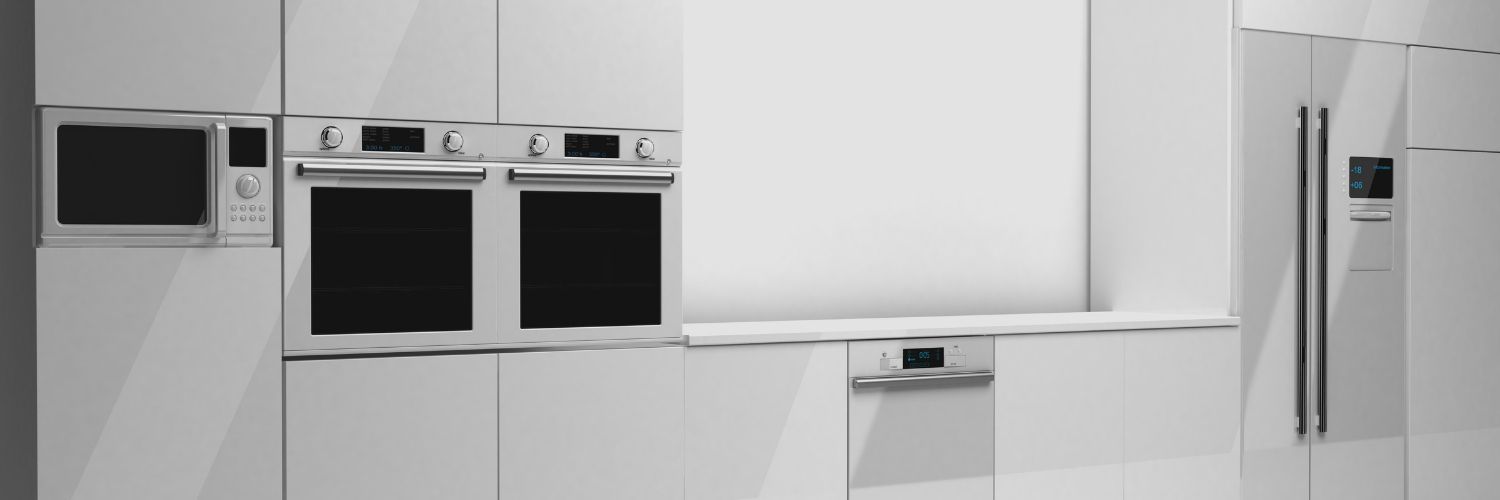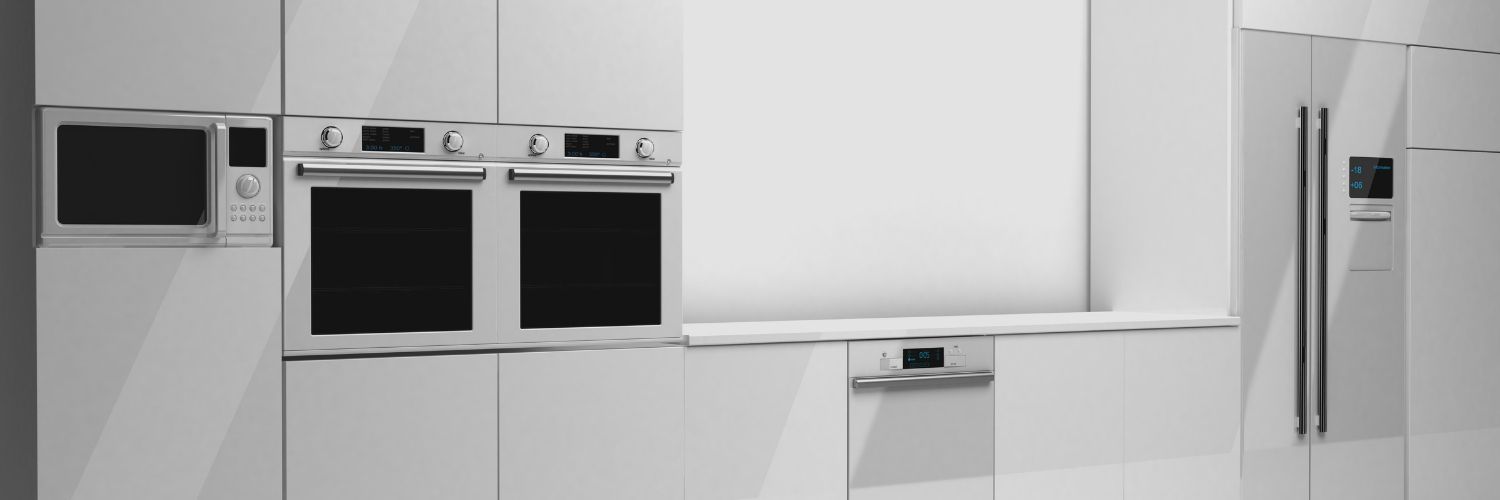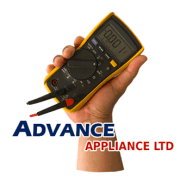
Troubleshooting Tips for Home Appliances
Troubleshooting Tips and Tricks for at home DIY Appliance Maintenance:
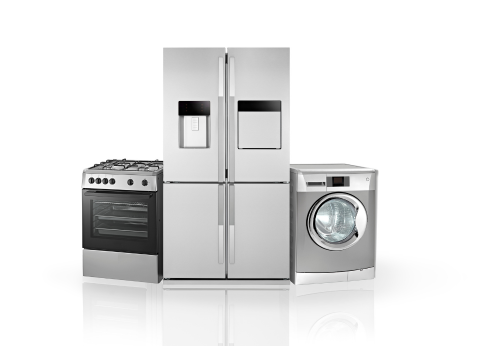
Home appliances have become an integral part of our daily lives, providing convenience and making household tasks easier to manage. However, when these appliances encounter problems, it can disrupt our routines and cause frustration. The good news is that many appliance issues can be resolved with some basic troubleshooting. In this blog post, we will share valuable troubleshooting tips to help you identify and fix common problems with your home appliances.
Start with Basic Checks
Before diving into specific troubleshooting steps, it's essential to perform some basic checks. Ensure that the appliance is properly plugged in and that the power supply is stable. Check if the circuit breaker or fuse associated with the appliance has tripped or blown. Sometimes, a simple reset or power cycle can resolve the issue.
Refrigerator and Freezer Issues
a. Not Cooling: If your refrigerator or freezer is not cooling as it should, check the temperature settings and adjust them if necessary. Make sure the vents and coils are clean and free from dust and debris. Check the door gaskets for any gaps or damage, as a faulty seal can affect cooling efficiency.
b. Excessive Frost Buildup: If you notice excessive frost accumulation in your freezer, it could be due to a malfunctioning defrost system. Check the defrost heater, defrost thermostat, and defrost timer for any issues. Replace any faulty components as needed.
Washing Machine Problems
a. Washer Not Draining: If your washing machine is not draining properly, check the drain hose for clogs or kinks. Clean the filter or lint trap, as debris can obstruct proper drainage. Inspect the pump for any obstructions and ensure it is functioning correctly.
b. Spin Cycle Issues: If the spin cycle is not working, it could be due to an unbalanced load. Distribute the laundry evenly in the drum and remove any excess items. If the problem persists, there may be an issue with the motor, belt, or lid switch. Consult the user manual or seek professional assistance.
Oven and Stove Challenges
a. Uneven Heating: If your oven is heating unevenly, it might be due to a faulty heating element. Inspect the element for signs of damage or malfunction and replace it if necessary. Additionally, ensure the oven's temperature sensor is working correctly.
b. Gas Stove Igniter Problems: If the igniter on your gas stove fails to spark or ignite the burner, it may be dirty or worn out. Gently clean the igniter with a soft brush or replace it if needed. Check the gas supply and ensure the burner ports are clear of debris for proper ignition.
Dishwasher Dilemmas
a. Poor Cleaning Performance: If your dishwasher is not cleaning dishes effectively, check the spray arms for blockages. Clean them thoroughly and ensure they can rotate freely. Also, inspect the dishwasher filter for any debris and clean or replace it as needed.
b. Leaking Dishwasher: If water is leaking from your dishwasher, inspect the door gasket for damage or wear. Replace the gasket if necessary. Additionally, check the water inlet valve and spray arm assembly for leaks or loose connections.
Conclusion
By utilizing these troubleshooting tips, you can save time and potentially avoid the need for costly repairs or replacements of your home appliances. However, remember that safety should always be a priority. If you are uncertain or uncomfortable with the troubleshooting process, it's best to seek professional assistance. Regular maintenance, such as cleaning and proper care, can also help prevent issues and extend the lifespan of your appliances. With a little troubleshooting know-how, you can restore the functionality of your appliances and regain the convenience they provide in your daily life.
You might also like
We will get back to you as soon as possible.
Please try again later.
Give us a call today!
Book your appliance repair today!
Kitchener's leading professional appliance repair company.
*Legal disclaimer: this is a referral based website. All work is completed by a professional.
Services
Phone Hours
- Mon - Fri
- -
- Sat - Sun
- -
